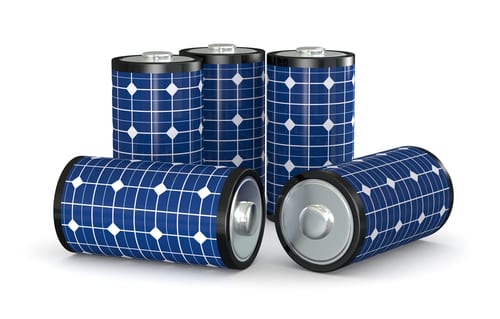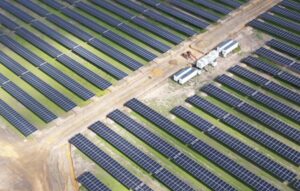The ACT government has announced the winners of the second round of its battery storage auction, part of a nation-leading plan to deploy 36MW of cutting edge distributed battery storage in more than 5,000 Territory homes and businesses by 2020.
The eight winners of the tender – ActewAGL Retail, Energy Matters, EPC Solar, Evergen, ITP Renewables, Origin Energy, Power Saving Centre and Solarhub – will share in $2 million of grant funding to roll out the technology at subsidised rates.

ACT environment minister Simon Corbell said on Thursday the grants package would support the distribution of more than 2MW of solar-integrated storage across more than 600 Canberra homes and businesses.
The technology the companies will be offering through the scheme has not yet been revealed, but RenewEconomy has put in a request for more information. In the scheme’s $600,000 pilot round, Tesla, Panasonic, LG Chem and Reposit Power won the tender to deliver lower cost storage systems to 200 Canberra households.
Of course, the ACT has also led the nation with its series of hugely successful reverse auctions for large-scale renewable energy, which have locked in some of the lowest prices for wind energy ever obtained in Australia.
Indeed, in April this year, Corbell increased the size of the ACT’s third wind energy auction from 109MW to 200MW, in an effort to boost the Territory’s renewable energy target from 90 per cent to 100 per cent by 2020.
More recently, the focus has broadened to battery storage, the roll out of which Corbell describes as an “important complementary strategy” to the ACT’s 100 per cent renewables target, while also informing “critical research and development” on the transition of Australia’s electricity grid.
“Batteries will be called on to provide additional technical services to the grid such as helping to manage short term intermittency in generation as well as voltage and frequency fluctuations,” Corbell said in a statement on Thursday.
For the consumer, installing a smart battery with one of the successful companies will offer a discount of up to $825 for each kilowatt of peak sustained output for a battery system connected to a new or existing solar system, Corbell said.
“The ability of smart batteries to provide extra services to the grid also promises additional income streams for households and businesses.”
Corbell said the battery storage tender had meant that Canberrans had gained access to world-class technology, some of which had been developed in the ACT.
“The Canberra community are early adopters of new technology and are embracing solar and battery storage,” he said. “Feedback from participants is that, in addition to reducing their energy bills, they are getting access to more information about their energy usage patterns which is leading to further energy savings actions in their homes.”










